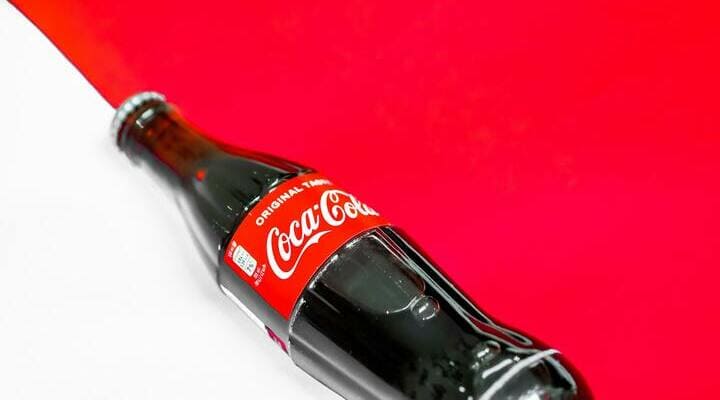The Coca-Cola adventure began in 1886 when an Atlanta pharmacist, John Pemberton, developed a soft drink whose medicinal properties he praised. The name Coca-Cola comes from the accountant of the same company, Franck Robinson, as does the first graphic that would adorn their famous glass bottle for several years until the final design was adopted in 1916.
The recipe for this famous drink is a closely guarded secret. A symbol of Americanism, Coca-Cola quickly became the most consumed drink in the world and the group's history revolves around diversification of its products. To get a better understanding of the success factors of this company, we will carry out an external diagnosis of its environment through a PESTEL analysis. This tool makes it possible to understand the influence and impact of a company's macro-environment.
Politics
Economic
Sociological
Technological
Environmental
Legal
Politics
In 1941, when America entered World War II, Coca-Cola mobilised by offering a bottle to each soldier for the modest sum of 5 cents. This contributed to its wide notoriety. Today, the Coca-Cola company is represented globally, the various policies of countries and in particular the administrations of health safety and health products can have an impact on the company.
Economic
Today, the drink is bottled and marketed in almost every country around the globe. Coca-Cola has been able to analyse areas with high potential, whether they are countries with developed economies or less developed countries. In some countries, the selling price of Coca Cola has become lower than that of water, leading people to drink it daily.
Sociological
Many young people consume this drink, and it can be found in a large number of festive moments (birthdays, student parties, aperitifs...). Indeed, advertising campaigns always place Coca-Cola in an environment which inspires joy, optimism, and happiness. Nevertheless, populations are increasingly interested in the nutritional and health aspects of the products they consume. However, Coca-Cola is known to be a drink with a high sugar content, which can cause consumers to shy away from it. The sugar-free or 0-calorie versions can remedy this, however, customers are also more savvy about the makeup of the products and the possible health risks of sweeteners.
Technological
Coca-Cola has managed to diversify into promising segments in line with the new concerns of the population (reducing sugar or buying plastic bottles). With its glass bottle, Coca-Cola has succeeded in creating a strong identity since it is recognisable even in the dark.
Environmental
The brand is well anchored in its time and is interested in current challenges. In fact, with a view to sustainable development, Coca-Cola has made commitments to reduce its carbon footprint and display a positive energy balance. The brand has set itself the objective of reducing the consumption of its refrigerated equipment by 40% by the end of 2020. Moreover, since 2005, it has been one of the first to have provided clear information on the energy values of its products and their traceability.
Legal
The different laws can have an impact on Coca-Cola, but its power in terms of monitoring allows it to anticipate any possible legislative change. Coca-Cola has filed a patent not only on its recipes and name but also on the unique shape of its bottle to ensure consumers are buying a real Coca-Cola soda and not a fake.









